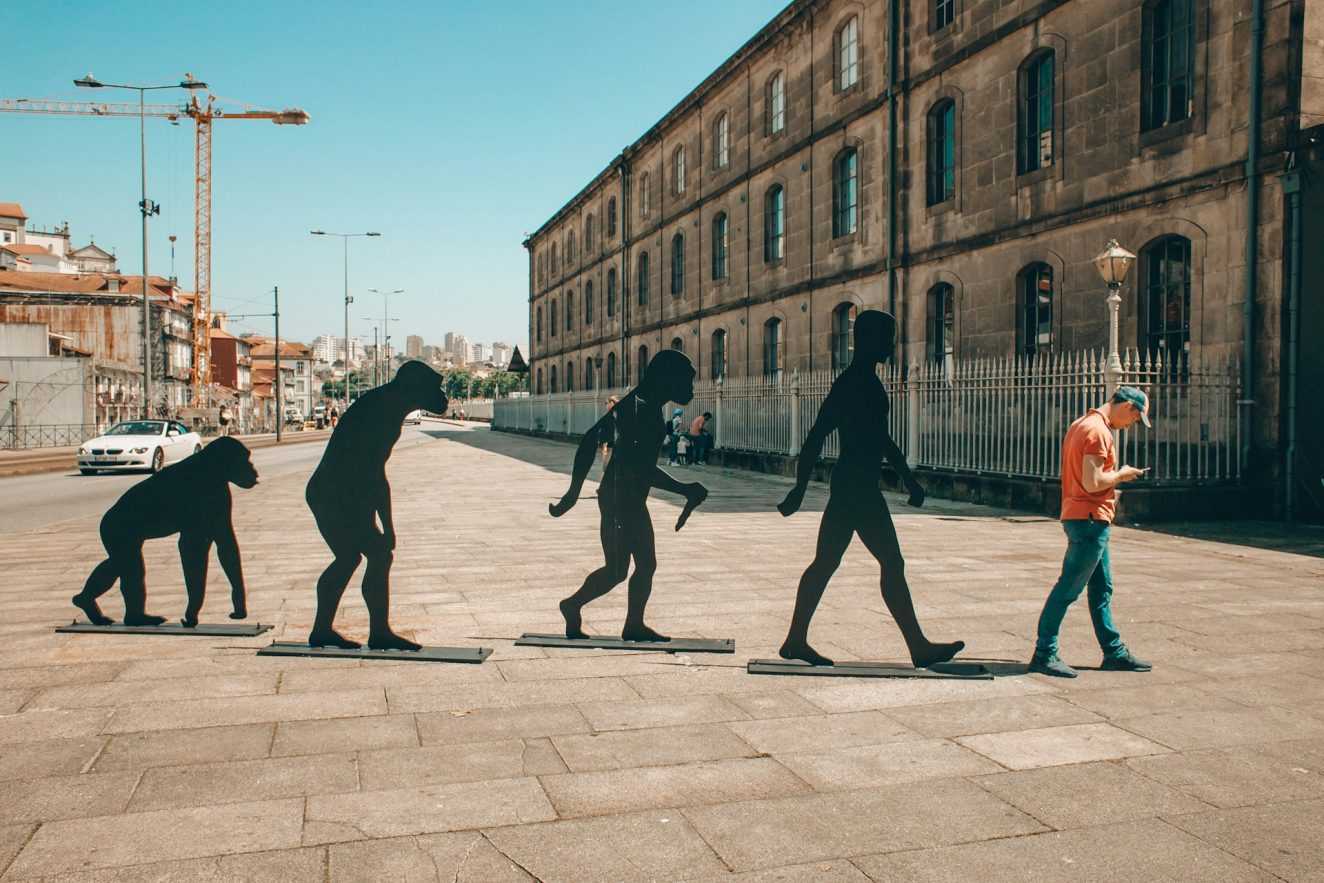From the ancient speculations of philosophers like Democritus to the groundbreaking theories of modern physicists, the nature of light has long captivated the human imagination. Over millennia of inquiry, scientists have grappled with the enigmatic properties of light, ultimately revealing its dual nature as both a particle and a wave. Let’s delve into the fascinating journey of discovery that has illuminated our understanding of how light travels through space and time.

Theories of Light in the 19th Century
During the Scientific Revolution, a shift occurred from Aristotle’s elemental view of light to the mechanistic perspective of atomists like Democritus. Sir Isaac Newton’s corpuscular theory of light, outlined in his seminal work “Opticks,” dominated scientific thought for centuries. However, Christiaan Huygens’ wave theory, proposed in the late 17th century, gained traction due to its ability to explain phenomena like diffraction and interference.
The Double-Slit Experiment
In the early 19th century, Thomas Young’s Double-Slit Experiment provided compelling evidence for the wave-like behavior of light. By demonstrating interference patterns created by light passing through two slits, Young challenged Newton’s particle theory. This pivotal experiment paved the way for the acceptance of wave theory and sparked renewed debate about the true nature of light.
Electromagnetism and Special Relativity
James Clerk Maxwell’s equations unified electricity and magnetism, leading to the realization that light is an electromagnetic wave. Albert Einstein’s theory of Special Relativity further revolutionized our understanding of light by asserting its constant speed in a vacuum. Einstein’s groundbreaking work laid the foundation for modern physics and highlighted the profound implications of light’s behavior for our understanding of the universe.

Einstein and the Photon
Einstein’s explanation of the photoelectric effect introduced the concept of photons—quantized packets of light energy. This revolutionary idea reconciled wave and particle theories of light and earned Einstein the Nobel Prize in Physics. The concept of wave-particle duality emerged, challenging traditional notions of the nature of matter and energy.
Wave-Particle Duality
Subsequent developments in quantum mechanics, including Louis de Broglie’s wave-particle duality hypothesis and Werner Heisenberg’s uncertainty principle, further elucidated the complex nature of light. Schrödinger’s wave function introduced the concept that particles, including photons, exist as probability waves until observed. The Double-Slit Experiment confirmed the dual behavior of light, underscoring its enigmatic nature.
The Quest for a Theory of Everything
Today, light continues to intrigue and mystify scientists as they seek to unravel its deepest secrets. Quantum field theory has shed light on the fundamental forces governing the universe, but many questions remain unanswered. The elusive interaction of light with gravity and the quest for a Theory of Everything remain tantalizing frontiers in theoretical physics.

In conclusion, the journey to understand how light travels has been a remarkable odyssey spanning centuries of scientific inquiry. From ancient philosophers to modern physicists, humanity’s quest to unlock the mysteries of electromagnetic radiation has transformed our understanding of the universe. As we continue to explore the nature of light, we embark on a quest for knowledge that may one day reveal the secrets of existence itself.





